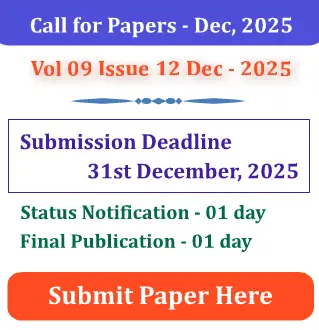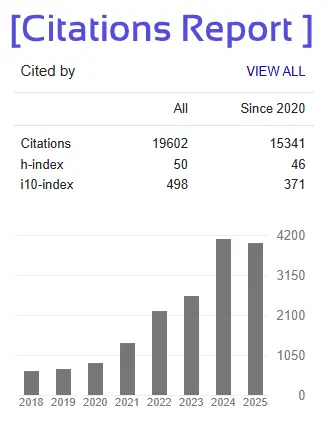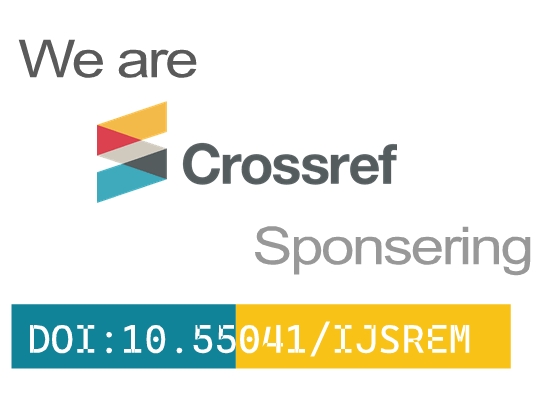- Version
- Download 107
- File Size 241.35 KB
- File Count 1
- Create Date 18/07/2025
- Last Updated 18/07/2025
Accessibility in Radio for People with Disabilities
By Dr Tejaswini Devakumar ,
MSc, PhD, Faculty , Dept Of Mass Communication And Journalism , Bengaluru City University , Bangalore
1. Introduction
In an increasingly interconnected world, access to media is not just a privilege , it is a fundamental right. Among the various forms of media, radio has historically played a critical role in disseminating information, entertainment, and education. Unlike television or digital video platforms, radio does not rely on visuals, making it inherently more accessible for some groups, particularly those who are blind or have low vision. However, the medium also presents unique barriers to access for others, such as those who are Deaf or hard of hearing.
Accessibility in radio is not merely a technical consideration; it is an ethical imperative. People with disabilities make up over one billion of the global population, and excluding them from full participation in radio broadcasting denies them access to essential cultural, social, and civic resources. The United Nations Convention on the Rights of Persons with Disabilities (CRPD) clearly states that equal access to information and communication technologies must be guaranteed to all individuals, regardless of ability.
This article explores the landscape of radio accessibility for people with disabilities. It examines the types of disabilities that impact radio use, the technologies and design principles that support inclusion, relevant laws and standards, and what future innovations may further close the gap. Through real-world examples, policy analysis, and technological insights, this article aims to offer a comprehensive understanding of how radio can—and must—evolve to be truly accessible.
In a world dominated by visual media and complex technologies, radio remains one of the most powerful and accessible tools of communication. For decades, it has served as a bridge connecting communities, cultures, and individuals—regardless of their location or circumstances. But for people with disabilities, radio offers something even more profound: inclusion, independence, and empowerment.
Across the globe, millions of people with disabilities face barriers to accessing information, education, and social participation. These barriers can be physical, technological, or societal. While advancements in digital media have opened new doors, they have also widened the gap for those without access to screens, devices, or adaptive tools. In this context, radio emerges as a uniquely democratic medium—one that doesn't require sight, mobility, or complex interactions to use effectively.
Radio can be a lifeline for someone who is blind or has low vision, offering real-time news, storytelling, and learning opportunities. It can ease isolation for people with limited mobility or chronic health conditions, providing a sense of community and connection. It can also amplify the voices of people with disabilities, enabling them to share their experiences, advocate for their rights, and challenge stereotypes.
As we explore the evolving role of radio, it becomes clear that this traditional medium holds modern relevance. From community radio stations to podcasts and voice-enabled technologies, audio media continues to adapt and innovate. Most importantly, it continues to include.







